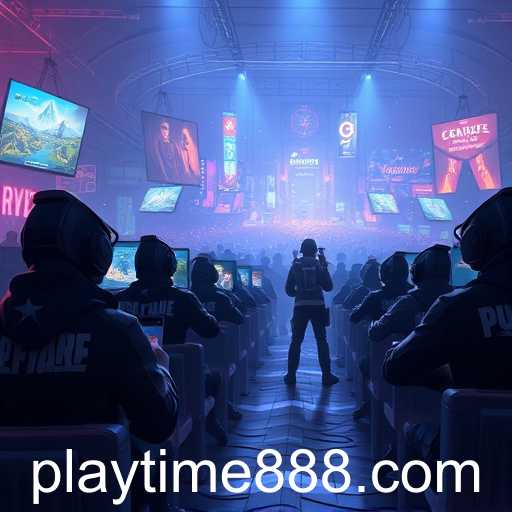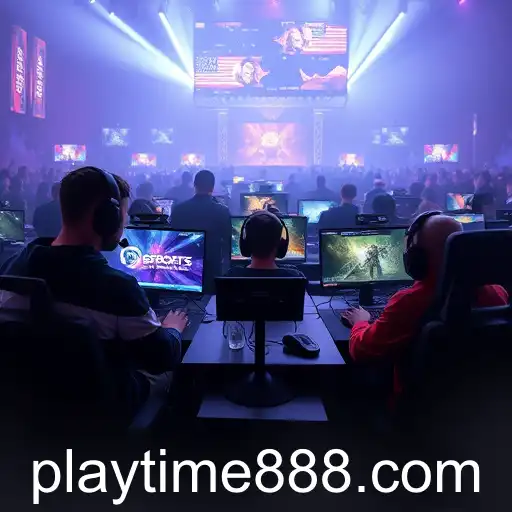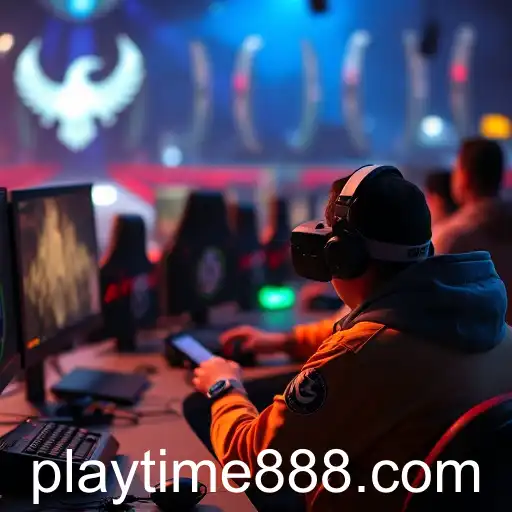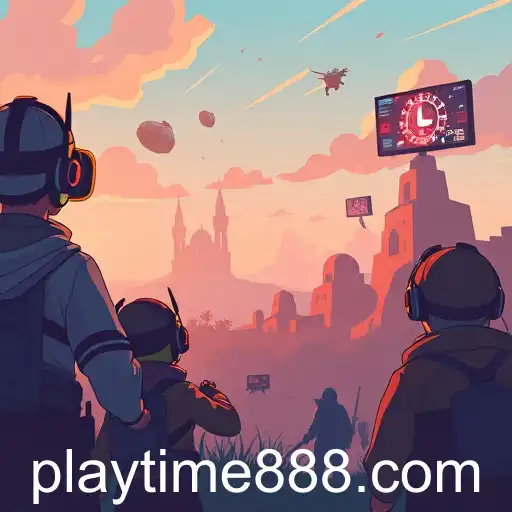Multiplayer

Exploring the Fascinating World of Multiplayer Games: A Dive into Games Playtime

In the ever-evolving landscape of video games, the multiplayer category has established itself as a formidable force, captivating millions across the globe. This category encompasses a diverse range of games, each designed to bring people together in virtual worlds where collaboration, competition, and community play center stage. One of the key aspects that define a player's engagement is 'games playtime,' a metric that offers an insight into how gamers interact with these digital realms. As we explore the world of multiplayer games, understanding games playtime becomes essential to appreciating what makes these games so compelling.
Multiplayer games are designed to be played by multiple participants, either in cooperation or against each other. This category is broad, encompassing everything from first-person shooters and role-playing games to real-time strategy and sports games. What sets multiplayer games apart is the emphasis on connectivity and social interaction. Players from all corners of the world can join forces or compete, bridging geographical distances and fostering new friendships and rivalries. The playtime spent in these environments is a testament to the engaging nature of multiplayer games, often outpacing their single-player counterparts.
Games playtime in multiplayer settings does not merely measure how long a game is played; it reflects the depth of engagement. Some gamers might have a casual approach, logging in for a few minutes a day, while others might commit hours on end, honing their skills and climbing competitive ladders. Online platforms often track this playtime, offering valuable data for developers to enhance gameplay experiences and for gamers themselves to reflect on their journey.
Furthermore, playtime dynamics in multiplayer games have a significant impact on game development and player retention. Developers are continually seeking ways to maximize engagement by introducing new content, events, and challenges to keep the player base returning for more. Seasonal updates, battle passes, and community events are tailored to encourage extended playtime, creating a dynamic and ever-evolving gaming environment.
The social aspect of multiplayer games cannot be overstated. Many players are drawn by the opportunity to connect with others. Games with chat functionalities, voice interaction, and community forums contribute to a sense of belonging. As friendships build and in-game communities grow, players find themselves dedicating more playtime, not just for the game itself but for the relationships they've built within these digital worlds.
In conclusion, multiplayer games represent a significant portion of the gaming industry, with games playtime serving as a crucial indicator of their impact. As technologies advance and new gaming mechanics emerge, the allure of multiplayer games is likely to expand, drawing even more players into their engaging worlds. Whether for competition, collaboration, or companionship, multiplayer games continue to hold a pivotal role in the gaming ecosystem, demonstrating that playtime isn't just about passing the time; it's about creating memorable experiences and connections that transcend the digital realm.
The Evolving Landscape of Game Playtime
Exploring how playtime dynamics are shifting in the modern gaming world during 2025.
The Evolving Landscape of Online Game Playtime
Exploring how the gaming industry is evolving with changing player habits and the economic impacts of increasing playtime.
Evolving Landscape of Gaming in 2025
An exploration of the gaming industry's evolution in 2025, highlighting the surge in player engagement and the impact of emerging technologies.



